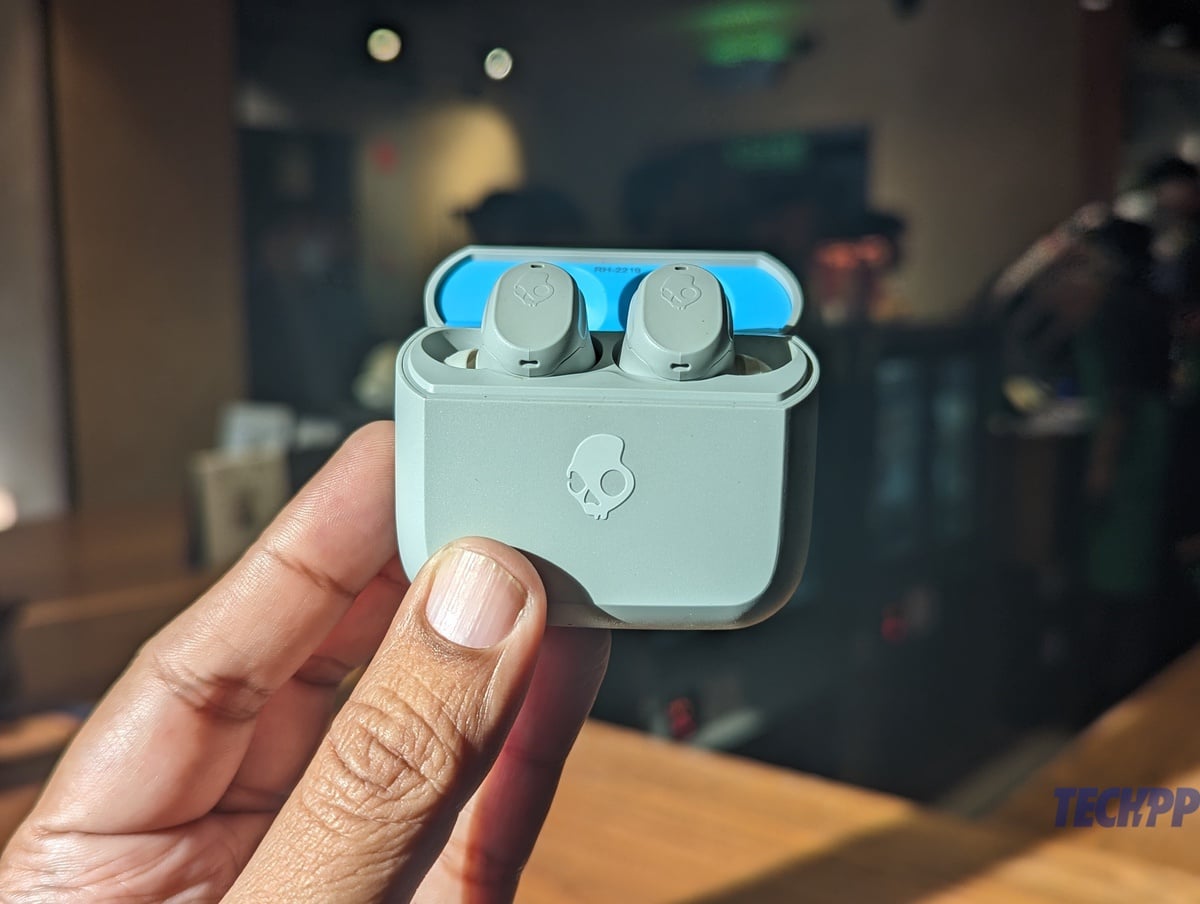TVOCs are emitted from an array of everyday items including paints and varnishes, wax and cosmetics, cleaning and hobby products, and even cooking. As per Kaiterra which specializes in building AQI monitors, During cold months, many of us would simply close our doors and windows to avoid the smoggy air and crank up our air purifiers to bring down the PM 2.5 values. But guess what? It’s highly suggested to open your windows and air your homes out for a few minutes both when they first wake up and then again at midday, regardless of how smoggy it is outside. Sure, you might take in AQI 200 air for a few minutes. But it’s better than breathing in TVOCs all day long. Health problems caused by VOCs can include Eye, nose, and throat irritation, Allergic skin reaction, Asthma, Headaches. nausea, and even cancer. The types of VOCs we usually find at homes include Formaldehyde (found in paints, plastics), Ethanol (detergents), Benzene (paint, glue, carpets), Acetone (nail polish remover, furniture polish), Toluene (paint) and Butanol (barbecues, candles, stoves, cigarettes).
Kaiterra Laser Egg 2+ smart air quality monitor
Kaiterra’s Laser Egg 2+ can actively monitor both PM 2.5 and TVOCs. For those who truly worry about the air quality at home, monitors like Laser Egg 2+ are essential. It comes in a sleek bell-shaped design which can fit in any room without looking like an eyesore. The 2.6-inch full-color LCD displays the active values for PM 2.5, TVOC, indoor temperature, humidity, Air Quality Index (AQI), and a three-day weather forecast. While the display isn’t a touchscreen, you can cycle through the values using the button on top which sits next to the power button. The back houses a micro-USB charging port which can charge the built-in 2200mAh in about an hour (and lasts around 6-7 hours on a single charge) and an inlet for air to be monitored.
Being a smart air quality monitor, Laser Egg 2+ pairs up with the Kaiterra app (available on iOS and Android) allowing you to keep a tab on these metrics remotely on your mobile phone and also lets you look at historical data over minutes, hours, and days to see how your indoor air quality fluctuates over time. Interestingly, Kaiterra has hooked up into the public and private databases to provide outdoor air quality readings.
Setting up the Laser Egg 2+ and the app was straight forward. It required me to be connected to a 2.4GHz WiFi (5GHz Wifi isn’t supported) and asked for my location access. PM2.5 is displayed as micrograms per Cubic Meter of Air (μg/m3), and TVOCs are displayed as parts per million. During the course of testing this product, I learned how the air quality suffered whenever there was some cooking happening in the kitchen or when I got a new furniture home.
Typically, the first course of action would be to open up the windows and ventilate. This will only help if the air quality outside is better than it is inside. The Kaiterra app does list the historical data of outdoor air quality, but that’s only a guesstimate since the sources are spread across the city. In our case, the nearest outdoor monitoring station was roughly 3.5km away. For accurate calibration, Kaiterra recommends keeping the Laser Egg 2+ outside for five minutes when you are setting it up initially. In our testing, the PM 2.5 was usually well within the limits, but TVOC used to shoot up every now and then. This was particularly true when we used it in the office. Considering the office was closed over the weekend and wasn’t properly ventilated, TVOC shot up over 200 when we tested it on Monday morning. Opening up the windows immediately brought down the values. At home, the TVOC shot up mostly while cooking. We wish we could confirm if the TVOC values shown by Laser Egg 2+ are accurate, but we didn’t really have another monitor to confirm. PM 2.5 though, was more or less the same across multiple monitors we checked.
The Laser Egg 2+ is HomeKit enabled and supports Siri voice commands. If you are someone who is into smart homes, you would be happy to know that it also works with IFTTT. Sadly, the max AQI it supports is 500 which isn’t enough when you live in cities like Delhi or Beijing where AQI easily jumps over 1000 during winter months. If you are wondering if you should be buying Laser Egg 2+ for yourself, it depends on how serious you are to keep away from toxic air. While there are many cheaper alternatives to monitor PM 2.5, there aren’t that many options to monitor TVOC (at least here in India). At Rs 12,995 in India ($179 in the US), it’s definitely not cheap. But if you or anyone at your home has health issues that can be impacted by bad air quality, Kaiterra’s Laser Egg 2+ is a no-brainer purchase to ensure peace of mind.










